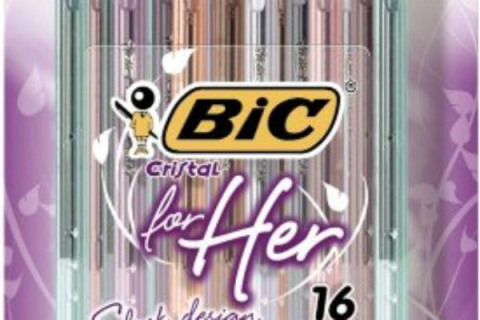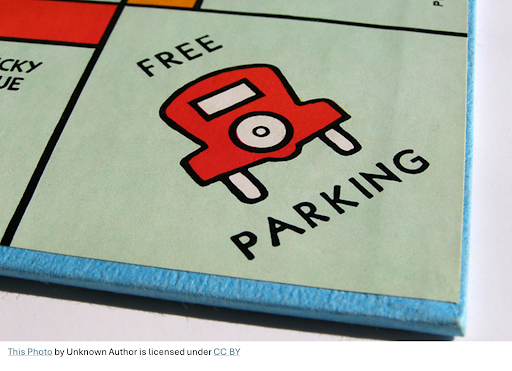Ladies … life as we know it has just been revolutionized. We have finally overcome pen exclusionism. Bic has released an entire line of “Pens for Her.” Please try and contain yourselves, but yes, they come in our only two favorite colors: pink and purple.
Certainly subject to immense criticism, it remains difficult to determine whether anyone is considering this a legitimate form of “progress” for women. If this is a reflection of feminism in our society, we are in a sad state of affairs and need to up our game. This manner of products “for her” should be regarded as demeaning and a perpetuation of stereotypes, female oppression and gender distancing. Let’s unisex to unify.
You can now find marker pens, retractable ballpoint pens and crystal ballpoint pens just for women with slimmer grips and diamond engravings produced by Bic. While disturbing, this is a genuine product currently being sold by stationary megastores and even Amazon. They are being marketed as, “A fashionable accessory for personal expression” whose “sleek silhouette and floral embossing add style and fashion.” Companies seem convinced that women cannot appreciate functionality, that only now we will begin to buy pens as they are more suitable to our stereotyped esthetics.
According to a Huffington Post article, our gender norms regarding color were not all that long ago reversed. Pink was considered more masculine and blue was delicate and more appropriate for girls. Though it may not be the conclusion arrived at by industry, this may be returning as the trend. Of the first five female DU students I approached, four identified blue as their prevailing color of choice, red coming in narrow second. It is not about the color; it is not just about women being discriminatorily limited to the pink and purple domain. Dictating what colors are acceptable for males and females to find appealing is an arbitrary, restrictive and offensive norm within many societies. Take a look at China, a nation across the globe yet the birthplace of Hello Kitty. And it is no more acceptable to dictate to women that they can only like pink and purple than it is to discourage women, or any individual, from liking those colors. Regardless of someone’s color preferences, they should not be made to feel ashamed.
After presenting, Karin Blanch, a second-year student with this product she said, “Talk about unnecessarily gendered items.” There is a difference between appreciating the natural distinctions between males and females and reducing women to consumers only interested in pretty colors and fashion. Not all girls are made of sugar and spice and everything nice, not all boys are made of slugs and snails and puppy-dogs’ tails … We cannot limit people’s preferences for personal expression by societally dictated constraints and expectations for gender expression.
Pink products should be acceptable for males to purchase, blue acceptable for females to purchase. Tonka trucks should come in purple, Easy Bake ovens should come in green. By this I do not intend for an explosion of endeavors to produce products like Nerf Rebelle. This is a gendered re-gendering of a typically male product into one only appropriate for females. Nerf guns are typically produced in blues, reds and grays and marketed to boys. In targeting tween girls, this new product comes, yet again, in pink and purple.
It is not about girlifying “male” products or vice versa. It is about re-establishing what products are appropriate and identifying more products as unisex rather than gendered. If you love pink, purple and floral embossing, male or female, buy Bic pens “for Her.” But we should be encouraging people to embrace a unisex perspective of all products. Unisex to unify.











